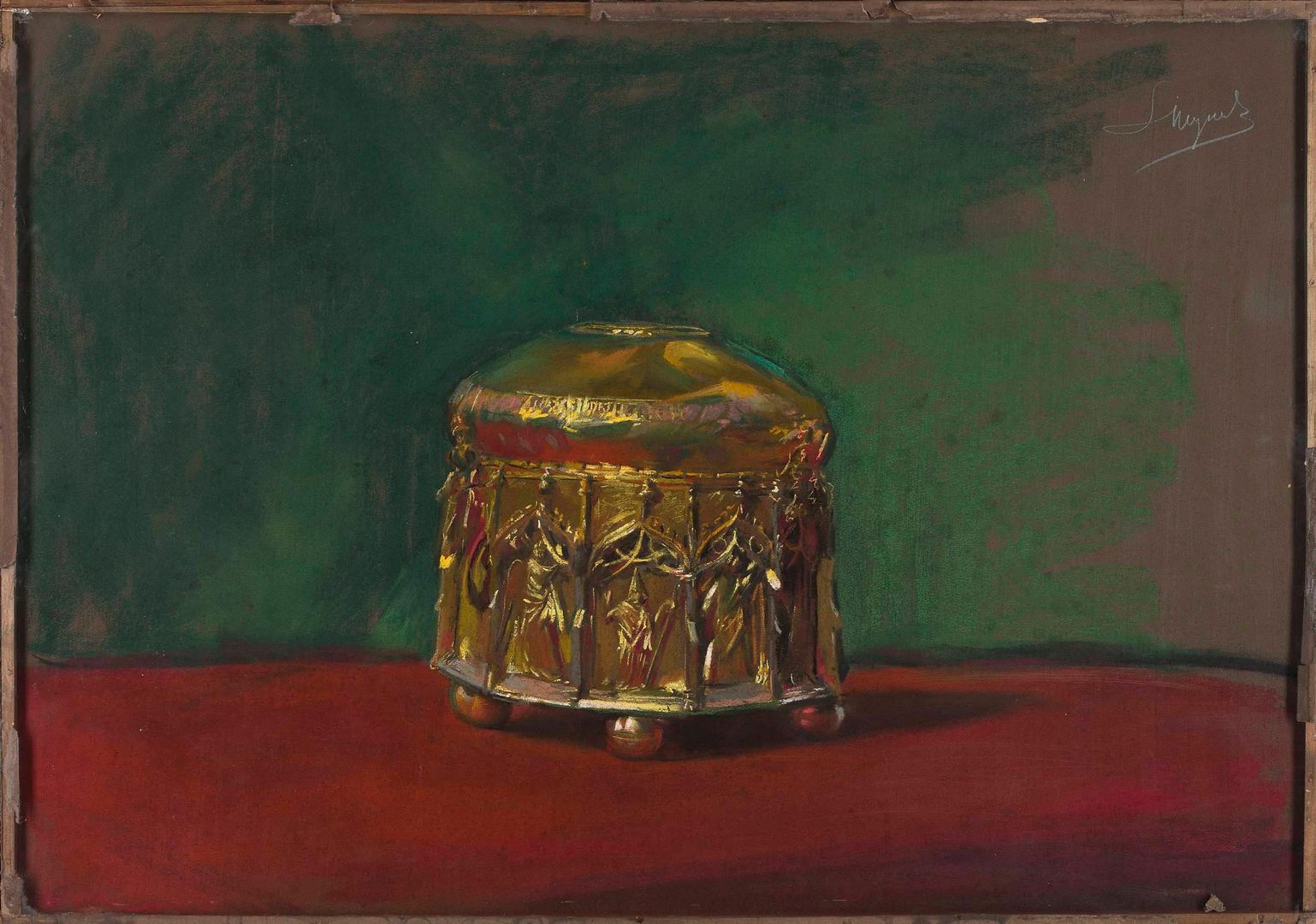Wawel Cathedral Treasury
6.34

Overview
The Wawel Cathedral Treasury is an exceptionally valuable treasury that has amassed a rich collection of liturgical paraments, works of art, and historical artifacts since the Middle Ages. Its architecture dates back to the years 1488–1500, when it was built as a foundation of Bishop Jan Rzeszowski. The building is characterized by its single-nave form, three bays, and rib-vaulted ceiling. Inside the treasury, visitors can find not only numerous precious items, such as a gold crown repurposed into a reliquary cross, miters, reliquaries, and chalices, but also inventories documenting its wealth, which have been recorded since 1101. Among the most valuable exhibits are a 12th-century miter associated with St. Stanislaus and a reliquary from the gift of Elizabeth of Austria in 1504, richly adorned with gemstones. The treasury also served a hoarding function, and its valuable items were repeatedly looted and monetized due to wars and partitions. In the 18th century, the treasury suffered from plunder by Swedes and Russians, and in the 19th century, it was robbed by the Austrian emperor. Despite this, it was enriched with many precious insignia, including ornaments from royal tombs. In the second half of the 19th century, the treasury was opened to visitors, which contributed to the popularity of its collections. In 1978, Cardinal Karol Wojtyła established the Cathedral Museum in the former mansion house, where part of the collections found their place. Today, the cathedral treasury, alongside the treasuries of the Jasna Góra Monastery and Gniezno, is considered one of the richest ecclesiastical collections in Poland.
Location
Tickets
Powered by GetYourGuide
2025 Wizytor | All Rights Reserved